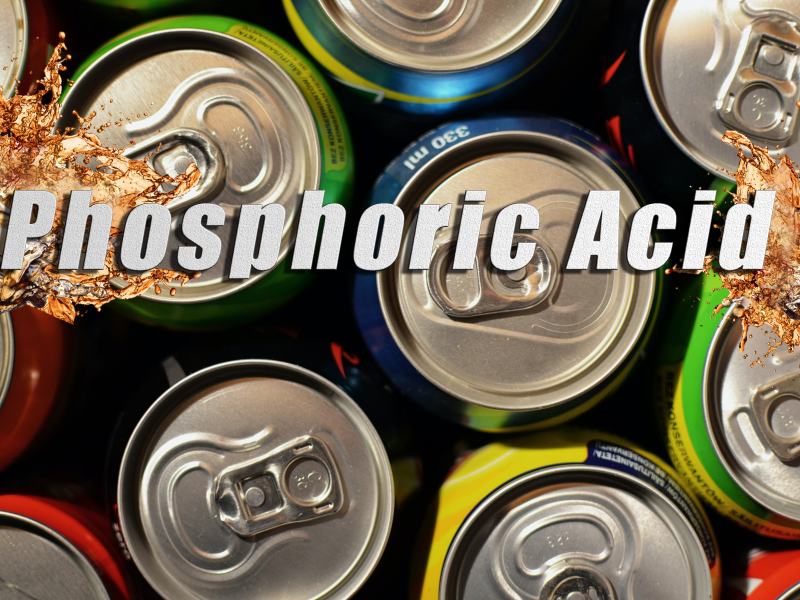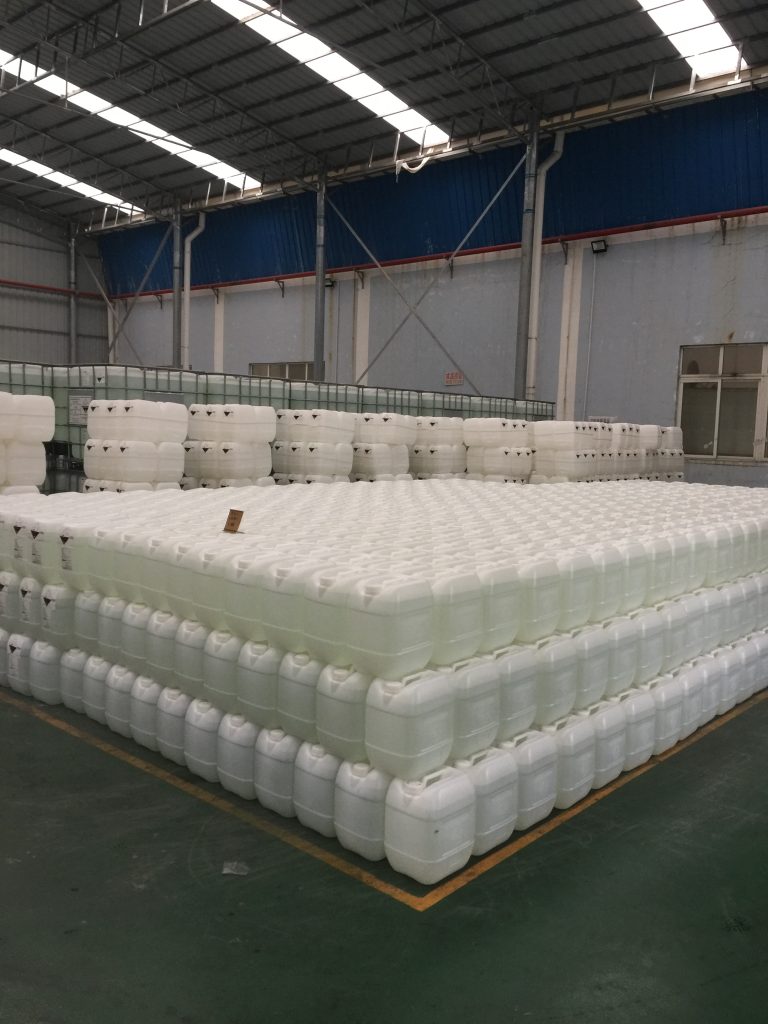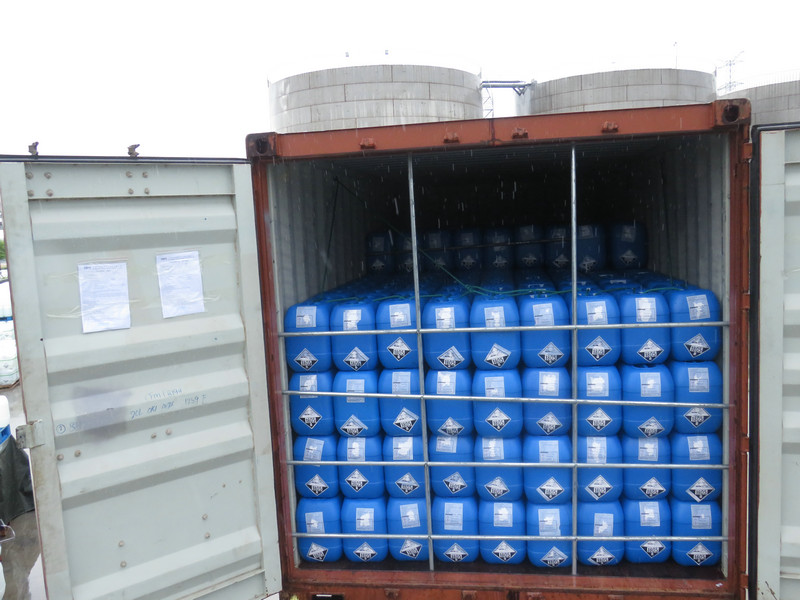
This article will helps you understand the difference between hot acid and wet acid.
Production Process
wet acid:
The traditional wet phosphoric acid production process uses phosphate rock to react with inorganic acid, and then precipitates and separates to produce phosphoric acid products.
According to the acid used, it can be subdivided into sulfuric acid method, hydrochloric acid or nitric acid method and ammonium bisulfate method, and the most commonly used is sulfuric acid method.
hot acid:
The production process of thermal phosphoric acid uses yellow phosphorus as raw material to burn, and then undergoes oxidation, hydration and other reactions to obtain industrial grade phosphoric acid or food grade phosphoric acid.
After years of research and improvement of thermal phosphoric acid in China, the production technology of thermal phosphoric acid has become mature.
.jpg)
The main purpose
wet acid:
Wet phosphoric acid that has not been purified to high standards often contains a variety of impurities and is of low quality, which greatly limits its application scope. It cannot be used in electronic-grade products and aviation-grade products with higher requirements, and is mainly used as a high-concentration fertilizer. raw materials, a small amount of purified phosphoric acid is also involved in the production of fine phosphate products.
hot acid:
Thermal phosphoric acid has the advantages of high concentration and low impurities. Therefore, it can often be used as a raw material for the production of phosphates required for high and new technologies, such as some high value-added fine phosphates, food grade, electronic grade, toothpaste grade, etc. It has the advantage that wet phosphoric acid cannot replace it.

Is there any pollution during the production process?
hot acid:
In the process of converting phosphate rock into yellow phosphorus, the resource utilization rate is high.
Secondly, phosphorus slag can be made into building materials and silicon fertilizer through resource recycling, and there is basically no pollution transfer.
All process water used in the thermal phosphoric acid production process can be recycled to achieve zero wastewater discharge.
Finally, the production process can also generate a large amount of heat energy. Yellow phosphorus tail gas is a good heat source and synthesis gas raw material, which can produce formic acid, sodium formate, potassium formate, etc.
wet acid:
In contrast, in the wet phosphoric acid production process, the waste residue is difficult to handle.
In addition, the inorganic acid used in the production of wet phosphoric acid is mainly sulfuric acid. The purity of wet phosphoric acid is not high. When it is used to produce other products, the impurities and toxic substances in it are difficult to handle, and secondary pollution is prone to occur.

If you are in need of phosphoric acid, don’t miss our high-quality products. We have 15 years of export experience in chemical products. Food grade and industrial grade phosphoric acid are sold all over the world. Welcome to inquire at any time.
